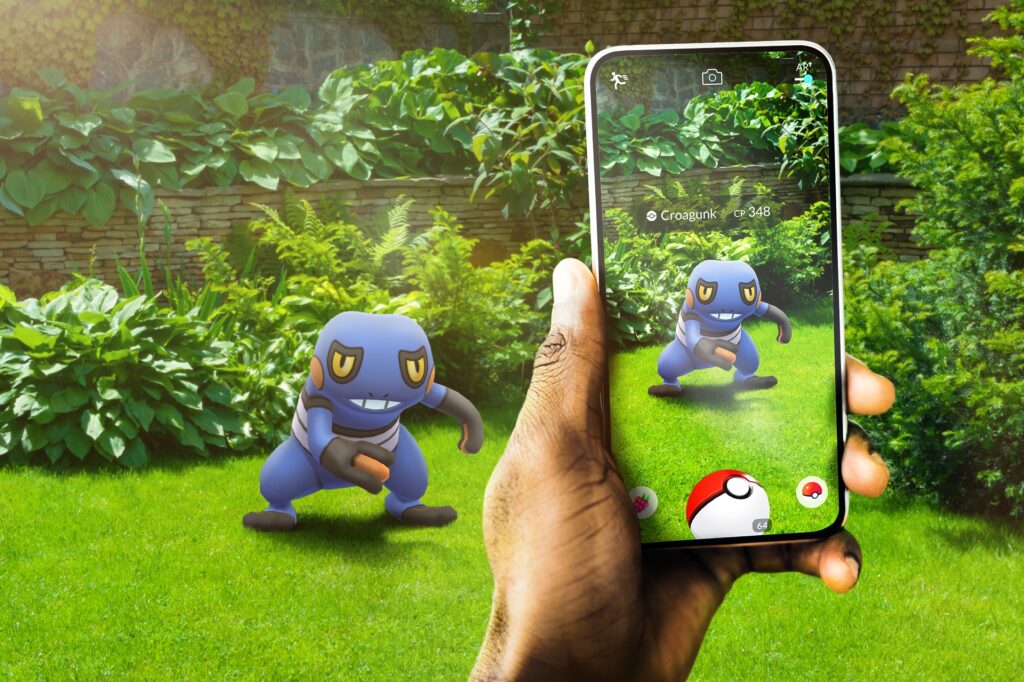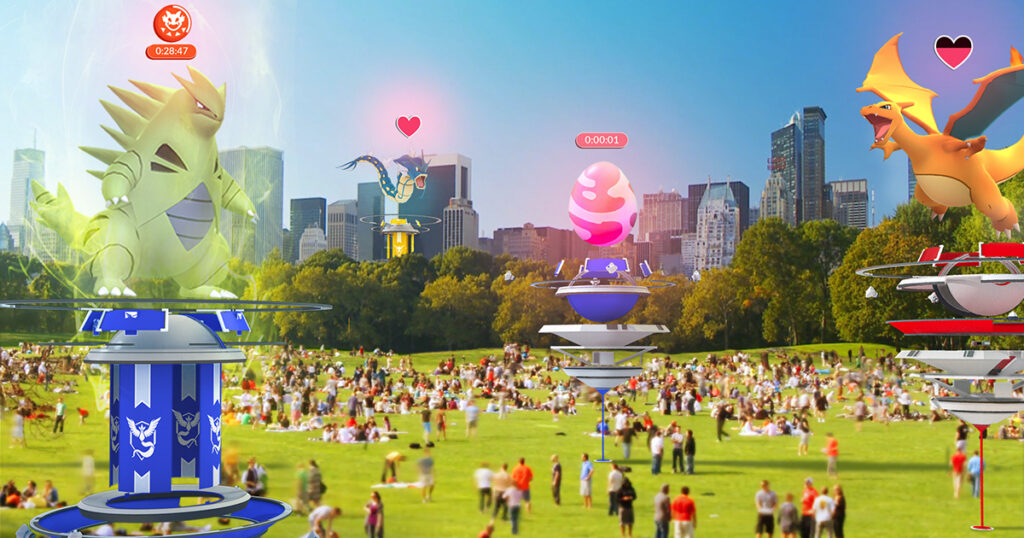In the summer of 2016, the mobile game Pokémon GO changed the gaming industry overnight. Developed by Niantic, in collaboration with Nintendo and the Pokémon Company, players had the opportunity to catch childhood-favorite Pokémon in real life. This phenomenon introduced Augmented Reality (AR) to the masses via handheld devices, and forever changed the way we interacted with our phones.

AR in the palm of your hand
Before Pokemon GO’s arrival, gaming primarily took place within the confines of screens, whether on consoles, PCs, or mobile devices. AR, which had only been previously accessible via clunky headsets and physical testing sites, was now available on the everyday smartphone.
Pokémon GO was a tremendous success, breaking numerous records over the summer. With a peak of 232 million active players in 2016, coupled with revenues exceeding $1.21 billion USD by 2021, Pokémon GO was a cultural and technological phenomenon.
However, one crucial element of the game that fans overlook is the augmented reality technology underlying the beloved visuals. Using the built-in camera on the users’ smartphone, Niantic was able to overlay moving images of the Pokémon onto real-life environments. By placing these creatures strategically around a player’s geographical location, players were encouraged to explore their cities and towns in a way that seamlessly blended the digital and human worlds. To learn more about how to blend the two, check out our work here.
To add on to this, Niantic created significant geographical landmarks in-game using the smartphone’s GPS, known as ‘Pokémon Gyms’. Situated on known landmarks in the vicinity, players could use their captured Pokémon to train and travel at these gyms, earning badges on the way. By creating an unending quest to capture more Pokémon and earn more gym badges, fans were hooked.

Untapped Market Potential
The popularity of the app also validated the commercial success of AR not just as a gaming mechanism, but as a viable marketing tool. Companies like Lynx have used AR in their marketing campaigns to create brand awareness for their products (Angels Will Fall, 2011). We’ve progressed so far with AR that the ubiquitous tech giant Apple has adopted the technology for their upcoming product: the Apple Vision Pro.

Overall, the release of Pokémon GO was a major technological phenomenon for both consumers and developers. Riding off the back of decades of groundbreaking innovation, the mobile game managed to combine nostalgic visuals and gameplay with an impressive display of technological prowess. Pokemon GO’s influence is still felt today, as game developers continue to harness the power of AR to create immersive and captivating gaming experiences.
Lorem ipsum dolor sit amet, consectetur adipiscing elit. Ut elit tellus, luctus nec ullamcorper mattis, pulvinar dapibus leo.





